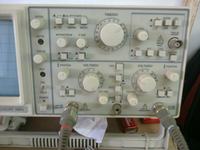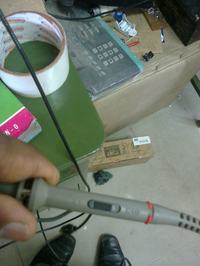myfaithnka
Advanced Member level 4

hi all,
i am trying to see the waveforms of electronic ballast using a CRO.
the ELCB drips here,I am new to AC circuits working over mains.
What are the
PLEASE HELP.
thank you.
i am trying to see the waveforms of electronic ballast using a CRO.
the ELCB drips here,I am new to AC circuits working over mains.
What are the
PLEASE HELP.
thank you.




